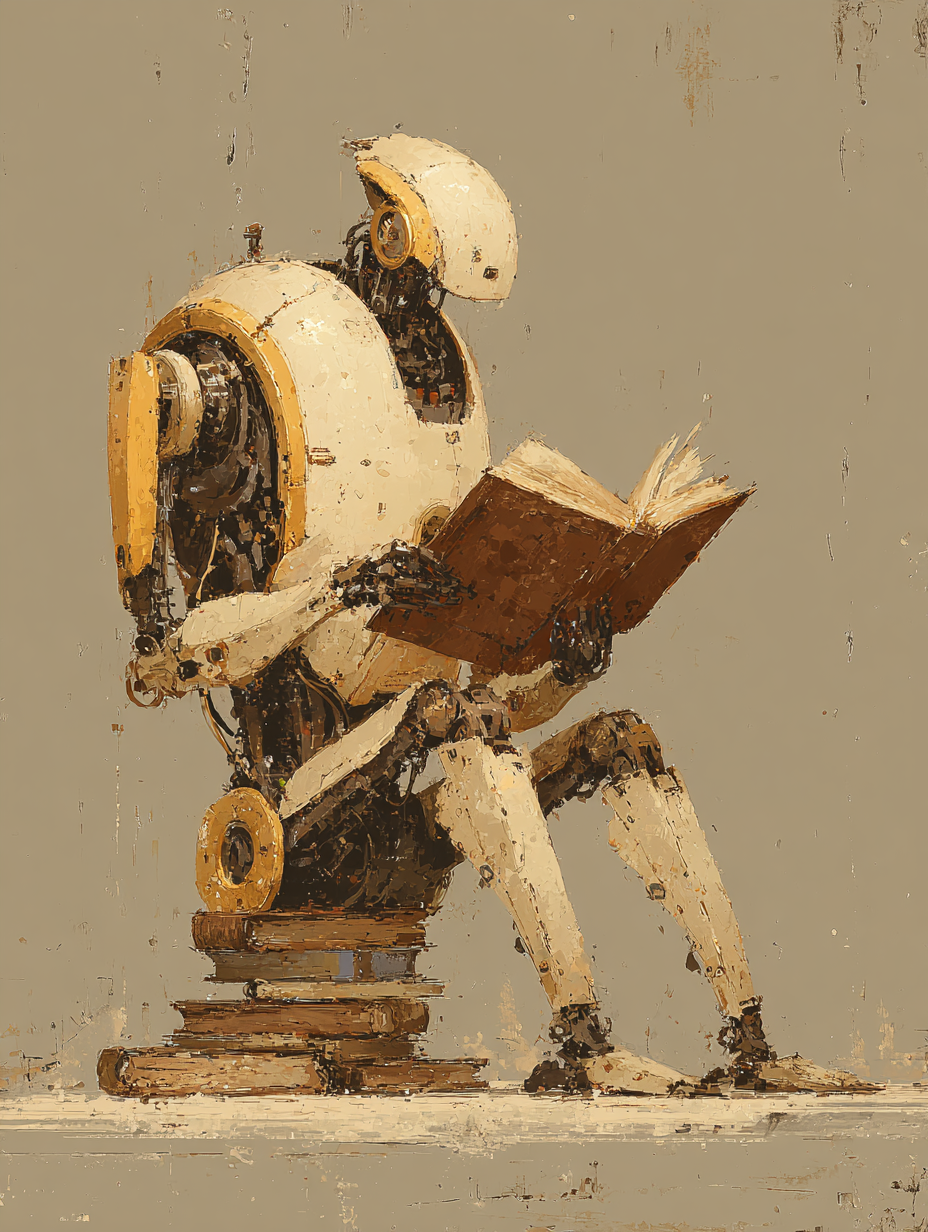Your Most Popular Questions About Using AI for SAT Prep (FAQ)

At a glance
- AI tutors can deliver gains comparable to human tutoring and sometimes larger—especially for structured practice and feedback.
- Good systems adapt with knowledge tracing and a running model of your skill mastery.
- Using AI to study is not cheating; the College Board itself has partnered with Khan Academy for official prep.
- Balance AI drills with full-length simulations and old-school strategies to transfer skills to test day.
Q1) Can an AI tutor really improve my SAT score more than a human tutor can?
Bottom line: Often, yes—especially for high-volume, targeted practice. The strongest evidence shows AI/ITS can approach or match human tutoring in effectiveness, and a recent study found students learned significantly more in less time with an AI tutor than with in-class active learning.
Evidence:
- Meta-analyses show intelligent tutoring systems (ITS) produce large effects on learning—on the order of moving a median student well above average.
- A 2025 randomized comparison found an AI tutor led to greater learning in less time than a well-designed active-learning course.
Action: Use AI for daily personalized drills; add periodic human coaching for strategy, motivation, and accountability.
Copy-paste prompt:
“Build me a 4-week SAT plan targeting my weakest skills. Allocate 60% practice to my bottom two domains and include two full-length simulations. Hide solutions until I request them.”
Q2) How does the AI know what I need to study?
Bottom line: It builds a live mastery profile from your answers, timing, and difficulty—typically via knowledge tracing—and continuously reprioritizes what you see.
Evidence: Reviews of knowledge-tracing and student-modeling methods explain how systems infer your latent skill state and adapt item selection in real time.
Action: Always finish sessions (don’t abandon mid-set) so the model gets clean signals; take the initial diagnostic seriously.
Copy-paste prompt:
“Given my last 100 items, list my top 5 skill gaps with confidence levels, then schedule the next 3 days of targeted practice.”
Q3) What if the AI gives an explanation I don’t understand—or is wrong?
Bottom line: Re-prompt for a different explanation style, then cross-check. Modern tutors mitigate errors with stepwise solutions and vetted content, but you should still verify when in doubt. Nature
Evidence: The 2025 trial used a tutor that embedded best-practice pedagogy (stepwise scaffolding), which reduced confusion and improved learning efficiency. Nature
Action (order matters):
- Ask for a simpler or alternative method.
- Request justification + step check before the final answer.
- Cross-verify with an official source if it still looks off.
Copy-paste prompt:
“Show a 4-step solution with checks after each step. If an assumption is required, state it and justify it before proceeding.”
Q4) Is using an AI tutor cheating or unfair?
Bottom line: Studying with AI is not cheating. It’s analogous to guided practice—endorsed in spirit by the College Board’s long-running partnership with Khan Academy for official prep.
Action: Use AI for practice and feedback; follow your school’s academic honesty policies for graded work.
Copy-paste prompt:
“Assign me official-style SAT practice aligned to the Digital SAT blueprint, and explain which blueprint skills each item targets.”
Q5) I’m a parent—how can I trust an AI platform to guide my child?
Bottom line: Look for (a) citations to learning-science research, (b) clear data-privacy practices, (c) humans-in-the-loop for content quality, and (d) transparent progress reports.
Evidence: Established platforms aligned to College Board materials provide official-style practice with adaptive guidance and reporting
Action: Ask for: What data are collected? How are items vetted? Can I see mastery reports and time-on-task?
Copy-paste prompt:
“Generate a weekly parent summary: hours practiced, domains improved, sticking points, and next week’s plan.”
Q6) How do I balance AI-based studying with traditional methods?
Bottom line: Let AI handle personalized drills and scheduling; use books/notes for concept review; run full-length simulations to prove transfer under test conditions. SAT Suite
Action:
- Weekdays: 45–60 minutes targeted AI practice.
- Weekends: 1 full section or a full-length practice test under official timing. SAT Suite
- After each simulation: error log → targeted refresh → re-test.
Copy-paste prompt:
“Schedule alternating days of targeted drills and mixed-bag sets. Every 7 days, assign a full Reading & Writing or Math simulation with timing.”
Q7) Will heavy personalization make me less adaptable on test day?
Bottom line: Not if you include mixed sets and full mocks. Good tutors maintain coverage while weighting weaknesses; you add breadth with random mixes and timed exams. Nature
Action: 2x/week mixed sets + biweekly full-lengths. After each mock, rebalance your plan to any neglected content.
Copy-paste prompt:
“Give me a 40-item mixed set sampling the SAT blueprint proportionally. Randomize order and enforce section timing.”
Q8) I only have a few weeks—can AI still help with cramming?
Bottom line: Yes. AI can triage high-yield skills fast, focus mid-difficulty wins, and compress feedback loops. Meta-analyses show ITS produce sizable gains even over short exposures. SAGE Journals
Action (2–4 weeks):
- Day 1–2: diagnostic + plan.
- Daily: 60–90 minutes targeted drills + 15 minutes error-log review.
- Final week: two full-length simulations; tune timing and guessing strategy.
Copy-paste prompt:
“Given a 14-day deadline, prioritize skills with highest score impact per hour. Create a day-by-day checklist.”
Q9) What are the drawbacks of using AI for SAT prep?
Bottom line: Risks include over-reliance on hints, occasional bad explanations, motivational dips, and screen distractions. Use friction (try first, reveal later), reflect on mistakes, and protect focus.
Action:
- Enable “attempt before hint” and delayed solution reveal.
- Keep a paper error journal (misread vs. concept vs. process).
- Study in full-screen; disable notifications.
Copy-paste prompt:
“Don’t show solutions until I confirm a final answer. If wrong, classify the error (misread/content/process) and assign a targeted micro-lesson.”
Q10) What’s next for AI in test prep?
Bottom line: Expect smarter personalization, better essay feedback, and deeper integration with adaptive exams—relevant because the Digital SAT is section-adaptive today. College Board BlogSAT Suite
Action: Train the way you’ll be tested: adaptive practice, timed modules, and blueprint-aligned item mixes. SAT Suite
Copy-paste prompt:
“Simulate the Digital SAT: two adaptive modules per section with official-style timing. Afterward, explain how my first-module performance shifted my second-module difficulty.”
Parent/Student Quick-Start Checklist
- Verify the platform cites learning-science research and shows item provenance. SAGE Journals
- Complete a diagnostic and commit to 5–6 study days/week.
- Run a full-length simulation at least every 1–2 weeks. SAT Suite
- Keep an error log; retest fixed skills within 72 hours (spaced retrieval).
- Review privacy policy and reporting features. SAT Suite
Mini-Glossary
- Intelligent Tutoring System (ITS): Software that adapts instruction and feedback based on a learner model. SAGE Journals
- Knowledge Tracing: Algorithms that estimate your mastery over time to select the next best practice item. arXiv
- Section-adaptive test: Later modules shift difficulty based on earlier performance (Digital SAT). College Board Blog
Sources
- VanLehn, K. (2011). Review comparing human vs. computer tutoring effectiveness. Taylor & Francis Online
- Kulik, J. A. (2016). Meta-analysis of ITS effectiveness. SAGE Journals
- Kestin, G. et al. (2025). AI tutoring vs. in-class active learning; higher learning in less time. Nature
- College Board × Khan Academy: Official SAT practice partnership. SAT SuiteKhan Academy
- Digital SAT structure and adaptivity. SAT Suite
- Knowledge tracing & student modeling reviews. arXivScienceDirect




